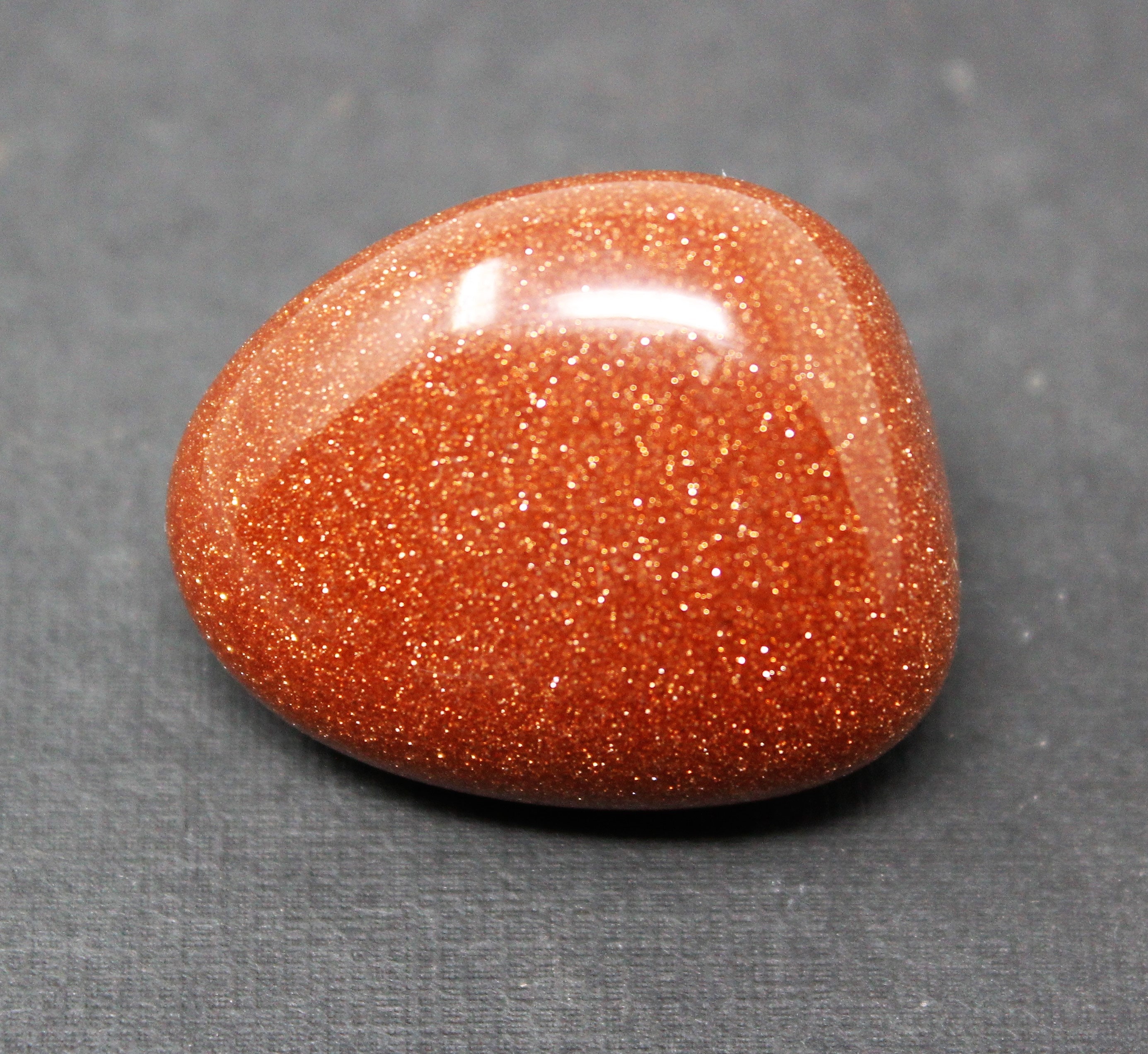History and Origins of Roje Stona

Roje Stona, a term often associated with a mysterious and ancient artifact, has captivated the imaginations of historians, archaeologists, and enthusiasts for centuries. Its origins are shrouded in enigma, with various theories and interpretations surrounding its meaning and symbolism. While its exact historical context remains a subject of debate, its presence throughout history suggests a profound impact on various cultures and civilizations.
Theories and Interpretations, Roje stona
The meaning and symbolism of Roje Stona have been the subject of numerous interpretations and theories. Some scholars believe it represents a celestial body, possibly a star or a planet, while others see it as a symbol of divine power or a connection to the spiritual realm. Its intricate carvings and geometric patterns have led to speculation about its potential use in astronomical observations, religious rituals, or as a tool for communication with the unknown.
Roje stona, a traditional stone-throwing game, requires precision and agility. Think about the skill it takes to throw a stone accurately, and you’ll see the similarities to the athleticism needed in a steeplechase. A stumble over a hurdle in a men’s steeplechase, like the ones you can read about here , can be just as devastating as a missed throw in roje stona.
Both require a combination of strength, focus, and quick reflexes to succeed.
Roje stona is a fascinating topic, especially when you consider the connection to historical artifacts. One such artifact is the collection of quincy hall teeth , which offers a glimpse into the lives of students from a bygone era.
These teeth, carefully preserved, tell stories of student life and the challenges they faced, reminding us of the enduring connection between the past and present in the realm of roje stona.